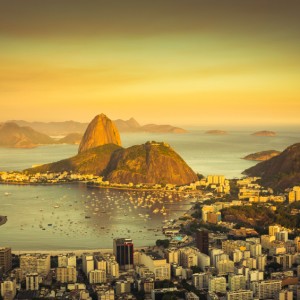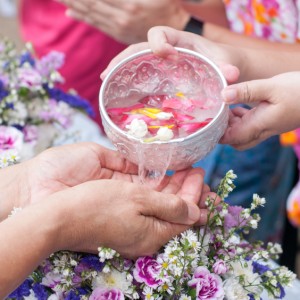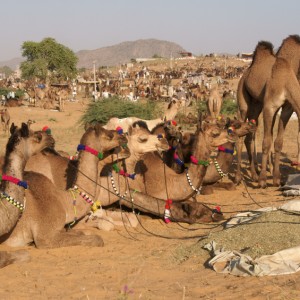 1) Brazil (Rio De Janeiro – Carnival)
1) Brazil (Rio De Janeiro – Carnival)
The Carnival in Rio de Janeiro is a world famous festival held before Lent every year and considered the biggest carnival in the world with two million people per day on the streets. Explore the city by day and revel in with the locals at street parties by night! Watch samba schools in spectacular costumes as they drum and shimmy their way down the world-famous Sambadrome arena on magnificently decorated floats.
2) Spain (La Tomatina in Bunol)
Spain takes “food fights” to a whole new level. The town of Buñol, in the autonomous community of Valencia in central and south-eastern Spain, hosts La Tomatina every year. Like many festivals around the world, La Tomatina involves food. But the food is being thrown, not eaten. La Tomatina takes places during the last Wednesday in August, right in the middle of the hot Spanish summer.
 3) Thailand (The Songkran Water Festival)
3) Thailand (The Songkran Water Festival)
The Songkran Festival is the celebration of the New Year in Thailand. Rather than a single day, Thailand celebrates the New Year from April 13th to April 15th. Songkran is an important part of Thai identity. Songkran is celebrated two ways: with water and thanks. Or, they might wait in the road with garden hoses to splash passersby. Good thing, too, since this celebration takes place during the hottest time of the year in Thailand.
4) Mongolia (Naadam Festival)
The biggest festival of the Mongolian year is the Naadam Festival celebrated in Mongolia nationwide in mid-July every year. Naadam is properly known for the three manly games of wrestling, horse racing, and archery making up the core activities of the National Festival. Mongolians love to dress in their best traditional costumes and riding on their most beautiful horses during Naadam.

5) India (Pushkar Camel Fair)
Held each November at the time of the Kartik Purnima full moon, Pushkar Camel Fair is one of India’s most highly-rated travel experiences, a spectacle on an epic scale, attracting 300,000 people and up to 20,000 camels, cattle and horses. For visitors it’s a once-in-a-lifetime opportunity to witness the colour, spectacle and carnival of one of the last great traditional melas, which brings livestock, farmers, traders and villagers from all over Rajasthan.

